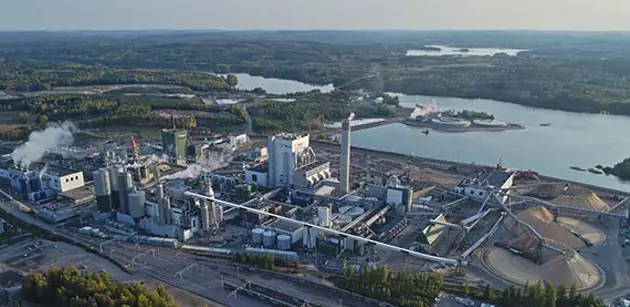Drive Controls for Pulp, Board, Paper, Tissue
Drive Controls

Valmet DNA Drive Controls combine control software, user interface and engineering configuration of electric drives into one comprehensive package based on Valmet DNA Automation System.
Safe and secure operations of machine sectional drives
Valmet DNA Drive Controls are safe to operate and comply with relevant standards. The drive controls follow the same operating practices as all other applications in the Valmet DNAe User Interface. The structured user interface makes operators’ work effortless by prioritizing information on different levels. Operators have access to functional descriptions to support them in day-to-day operations and non-frequent problem-solving situations.
Valmet DNA User Interface enables secure remote support in any situation that might occur.
All controls built-in
In addition to drive controls, the Valmet DNA Automation System has process controls, machine controls, quality controls, safety controls, and asset performance management with condition monitoring built into the same system. The role-based Valmet DNAe User Interface for all applications makes the operation and maintenance significantly easier. The right applications are available based on the user roles, enabling meaningful information for all user groups. Trends and event information are available through the same user interface. You can drag and drop any signal from any application to utilize the trend data. Instant troubleshooting, reporting, and process development take your operational efficiency to the next level.
Example benefits of the common application approach
- Drive control obtains grade information from quality control, enabling grade-specific setpoints and parameters
- Drive control obtains machine online information from the machine control, enabling optimal setpoints for machine states, such as tail threading and production
- The interlocking chain can be followed through different applications, enabling faster machine startup together with common machine controls
Easy management of drive technologies
The drive controls easily integrate different fieldbus interface technology generations into the same system. All major drive brands and generations are supported by the system.
The user interface provides valid diagnostics information about drives and machine state.



















